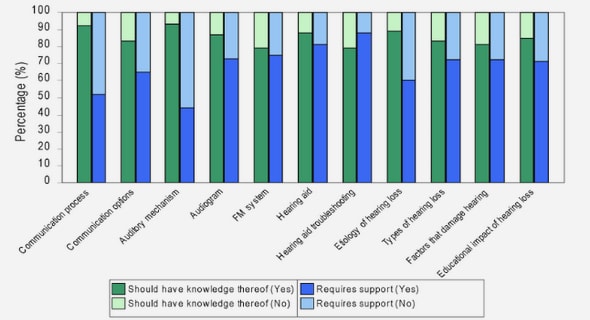(Downloads - 0)
For more info about our services contact : help@bestpfe.com
Table of contents
1 Introduction
1.1 Context
1.1.1 Sharp plumes
1.1.2 The advection equation
1.2 Methods for the numerical resolution of the advection equation
1.2.1 Cartesian grid formulations on the sphere
1.2.2 Triangular and polygonal meshes
1.2.3 Numerical schemes
1.2.4 Applications
1.3 Research questions
1.4 General outline
2 Discretization
2.1 Mesh generation and descriptions
2.1.1 Quasi-uniform Voronoi-mesh generation
2.1.2 Variable-resolution Voronoi-mesh generation
2.1.3 Voronoi and Delaunay mesh elements
2.2 Discrete representation of fields
2.2.1 Discrete degrees of freedom
2.2.2 Edge values of the mixing ratio
2.2.3 Discretized velocity field
2.2.4 Discretized gradient
2.3 Numerical solution of the advection equation
2.3.1 Time discretization
2.3.2 Method of lines: time-integration schemes
2.3.3 Method of lines: spatial schemes
2.3.4 Coupled time and space scheme
2.4 Slope limiting
2.5 Cartesian meshes
2.5.1 Cartesian-mesh generation and elements
2.5.2 Operator splitting
2.5.3 One-dimensional transport schemes
3 Two-Dimensional Test Cases
3.1 Tracer-concentration distributions
3.1.1 Uniform distribution
3.1.2 Double cosine-bell distribution
3.1.3 Single cosine-bell distribution
3.2 Wind fields
3.2.1 Solid-body rotation
3.2.2 Tilted solid-body-type periodic oscillation
3.2.3 Dual vortex with solid-body rotation (NL2010)
3.3 Limiting to the Cartesian band
3.4 Metrics
3.4.1 Stability
3.4.2 Monotonicity
3.4.3 Convergence
3.4.4 Numerical diffusion
4 Findings on the Numerical Mesh-Scheme Pairs in 2D
4.1 Stability
4.2 Monotonicity
4.3 Numerical diffusion
4.3.1 Entropy
4.3.2 Preservation of non-linear relationships between tracers
4.4 Convergence
4.4.1 Zonal solid-body-rotation convergence
4.4.2 Tilted periodic solid-body convergence
4.4.3 NL2010 low-shear convergence
4.4.4 NL2010 intermediate-shear convergence
4.4.5 NL2010 default-shear convergence
4.5 Partial conclusions
5 Puyehue-Cordon Caulle 3D Simulation Results
5.1 Puyehue-Cordon Caulle eruption
5.2 3D simulations
5.3 Trajectory of the plume
5.3.1 SO2 concentration at 330 hPa
5.3.2 Column-integrated SO2 concentration
5.3.3 Plume trajectory
5.4 Summary
6 Conclusion
6.1 Main results
6.2 Perspectives for chemistry-transport modeling
7 Sommaire en franc¸ais
7.1 Resultats principaux
7.2 Perspectives pour la modelisation chimie-transport




